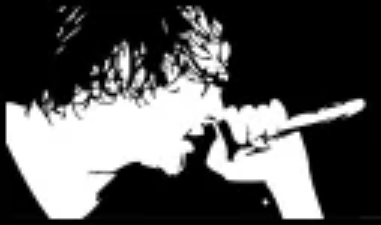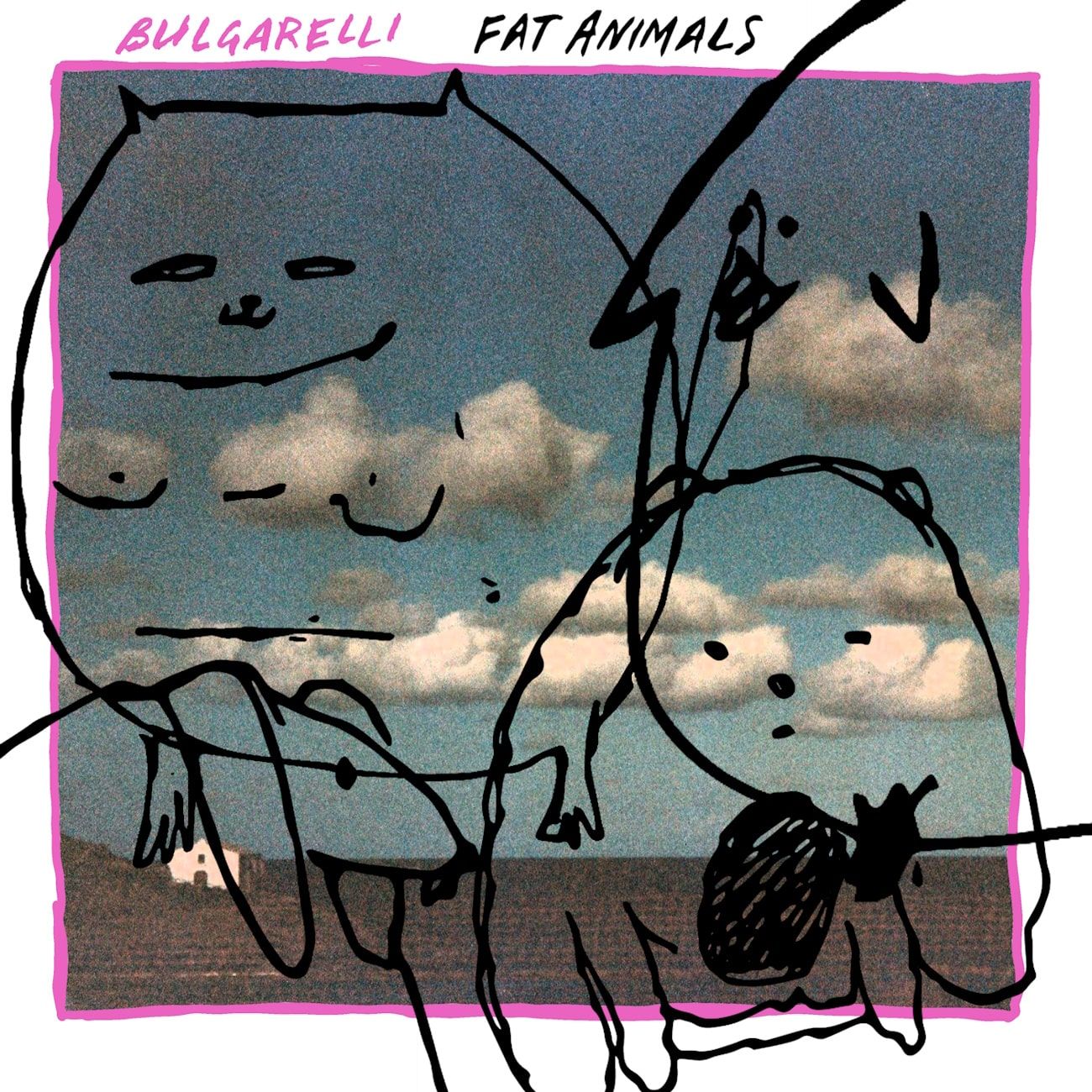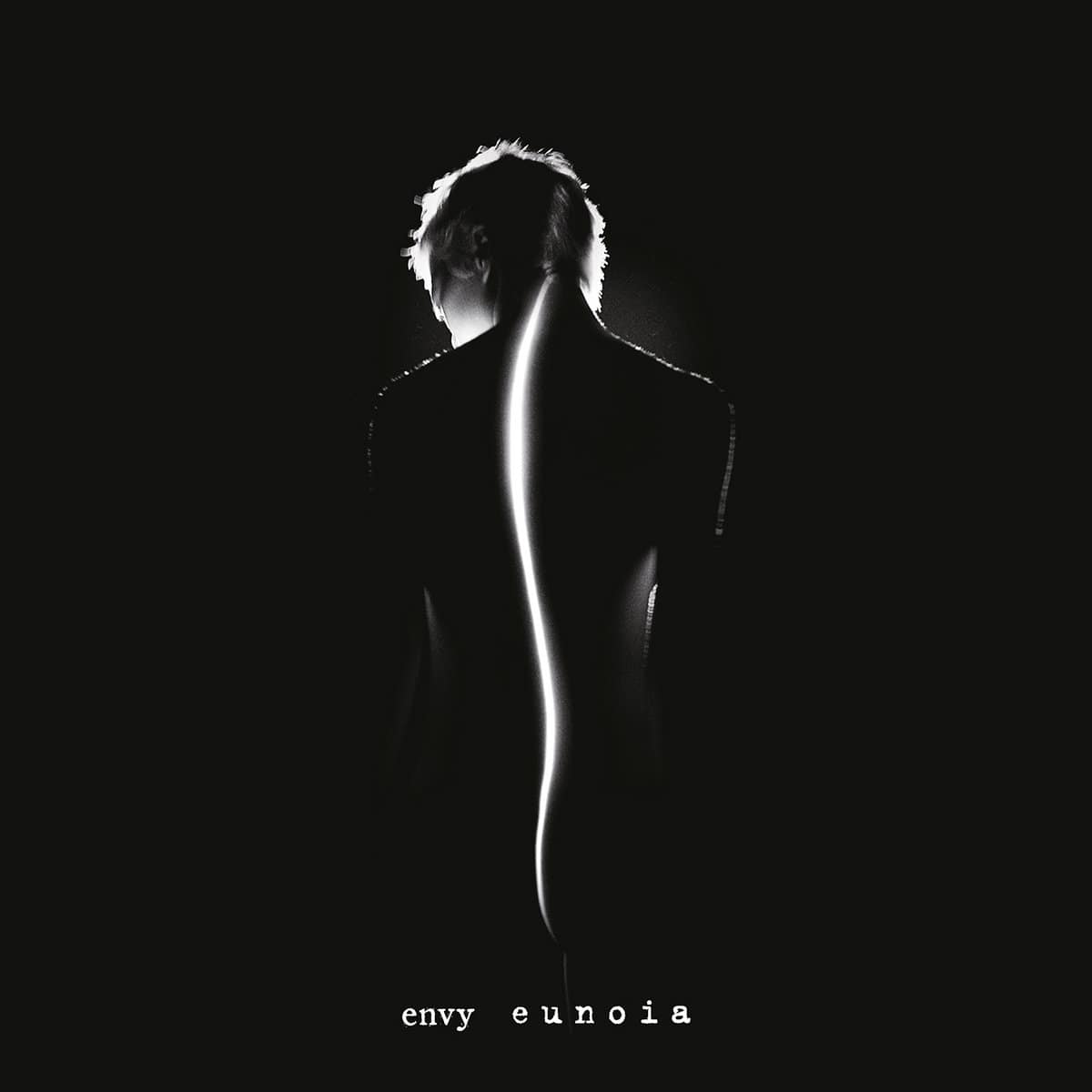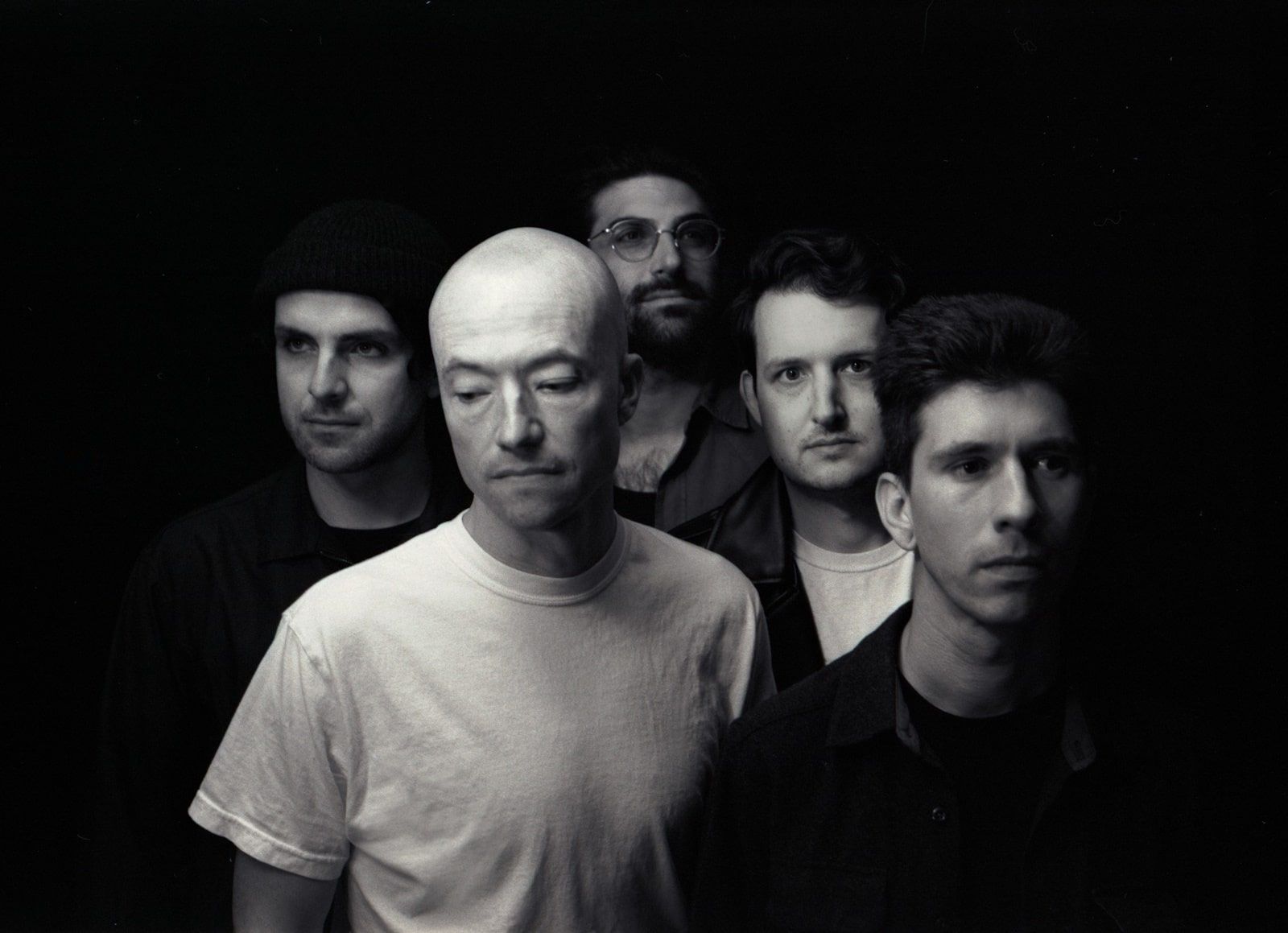Hey, Midwest Emo fans might not love what I’m about to say, but there’s something special about European takes on the genre—like the Italian or French interpretations—that just make the language feel perfectly matched to the style. And a prime example of this is the band we’re spotlighting today: BULGARELLI, introduced to our readers last year, and now back with an excellent new album “Fat Animals”.
Also, with this article, we’re pushing back against the internet’s endless stream of content. This week, we’re putting the vibe and atmosphere of this album front and center on IDIOTEQ. We’re not dropping any other articles. Yep, you heard right—nothing else. We want you to zero in on this release.
Alright, so here’s the lowdown. BULGARELLI, the emo band from Bologna, dropped their debut album “Fat Animals” on June 14th. This album marked their journey toward a more personal, math-infused, and nostalgically-free Midwest sound. It’s a mix of melodic, edgy, and sometimes martial elements, all rooted in deep emotion.
The band, comprising Francesco, Gianni, Paolo, and Davide, formed after a chance encounter in a rehearsal room. With backgrounds in other notable projects and a shared love for bands like MINERAL and RAINER MARIA, they’ve honed their craft in Bologna. They’re known for their emotional and intense live performances, which echo the raw energy captured on this new nostalgia induced offering.
“Fat Animals” is a nine-track journey through identity, friendship, and the search for self, built from genuine memories and future aspirations.
Recorded at Buzz Farm Studios and mastered by Carl Saff, this album showcases the band’s ability to blend melodic introspection with powerful outbursts.
Their influences, ranging from BRAID to CAP’N JAZZ, shine through tracks like “Ocean Documentaries” and “Sonic Days,” blending unconventional rhythms and dynamic conclusions. Fragmented arpeggios, once mere sketches, were meticulously pieced together and reimagined, resulting in a cohesive sound that captures the collective identity of the band.
The album encapsulates a shared journey of growth, with the sea as a recurring theme symbolizing their backgrounds and challenges.
This summer, you can catch “Fat Animals” on all major streaming platforms, and look out for cassette tapes and vinyl records at their live shows post-summer.
To honor this great release, we’re diving into a track-by-track commentary, offered by the band themselves.
“Dallas” is the opening track of “Fat Animals,” yet paradoxically, it was the last piece written by Bulgarelli. This song encapsulates much of what the band stands for. From the onset, the track features intertwining arpeggios that build into a distorted outburst, alternating between explosive crescendos and introspective implosions. The vocals glide along the edges of these sonic waves, at times intimate and delicate, at other times raucous and communal.
The song’s rhythm is marked by waves, symbolizing different phases of life and relationships. Each wave represents a period, a passage of time, reflecting the evolving nature of a connection. As the song progresses, it closes with a poignant sense of nostalgia, as the waves transform into “water ceilings,” hinting at the separation and the uncertain return of the other person.
“Santander” features a fragmented meter where all melodic lines interlock with echoes and counterchants. The dynamics between instruments and vocals are central to the piece, shifting through mathematical variations before settling into a relaxed rhythm and an abrupt conclusion. It stands out as perhaps the most narrative-driven track on the album, weaving figures and thoughts into a storyline that feels almost tangible.
Thematically, “Santander” explores a moment of self-abandonment, immobility, and the comfort found in embracing discomfort. It reflects the modern condition of finding solace in pain, where feeling bad paradoxically becomes a refuge. This contrasts with a reminiscence of a time in the past century when youth provided a shield from such complexities.
View this post on Instagram
“Exploring a Drawer”, which also served as a single, opens with a delicate fingerpicking motif that is soon swept away by a driving rhythm. The track oscillates between instrumental intensity and sparseness, with spoken verses that erupt into a fervent chorus dominated by the refrain “but I find no place.” It’s perhaps the album’s most immediate track, where melancholic melodies meet desperate cries, reflecting a longing for peace and the restlessness of feeling like there’s no place in the world to truly call home.
“Ocean Documentaries” returns to the album’s math rock foundation with fragmented verses and a pulsating rhythm. The track’s dynamic stop-and-go structure showcases the intricate dance between bass and drums. The chorus releases a wave of emotion characteristic of the album. The lyrics explore the challenges of communication and the elusive nature of truth, which shifts and transforms. What starts as a truth on an imagined listener’s face eventually becomes a reflection etched on the speaker’s own face.
View this post on Instagram
“Sonic Days” stands out as the album’s most intimate track. Its lo-fi guitar arpeggios and whispered vocals create a prayer-like atmosphere, providing a moment of calm amidst the album’s earlier intensity. The song’s layered sounds build into a gentle, fading crescendo. It evokes a nostalgic retreat into childhood memories, a yearning for an idyllic, familiar place. The repetitive lyrics become a soothing mantra, hoping that this cherished world still exists somewhere.
“Wanda“, released alongside “Club 33” on their self-produced EP, blends guitar counterpoints with a rhythmic bass and drum foundation that evolves naturally. The vocals and instruments synchronize seamlessly, capturing the Bulgarelli’s signature dynamics. The lyrics delve into recurring fears: the struggle to acknowledge vulnerabilities, accept oneself and others, and find one’s role in relationships. It’s a plea for honesty, admitting fears and vulnerabilities, and expressing a determination to confront them bravely.
Closing out the album, “Club 33” returns to the intricate tapestry that defines the album’s overall sound. The interweaving arpeggios meld with math-rock rhythms, characterized by their fragmented and entrancing patterns, leading into a sprawling harmonic finale enriched by a haunting clarinet refrain. The repeated lyrics of “Stay one more day” serve not as a definitive ending but as a beckoning invitation, inviting the listener to linger just a bit longer.











